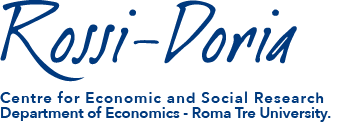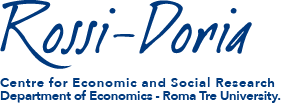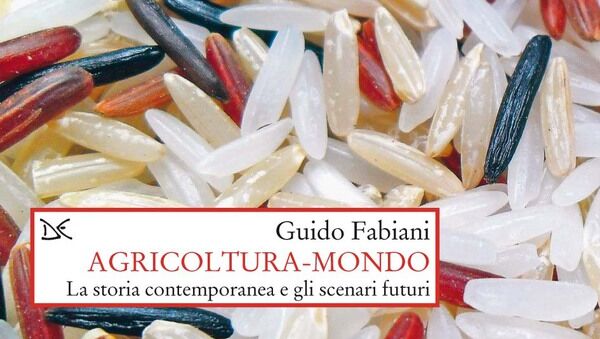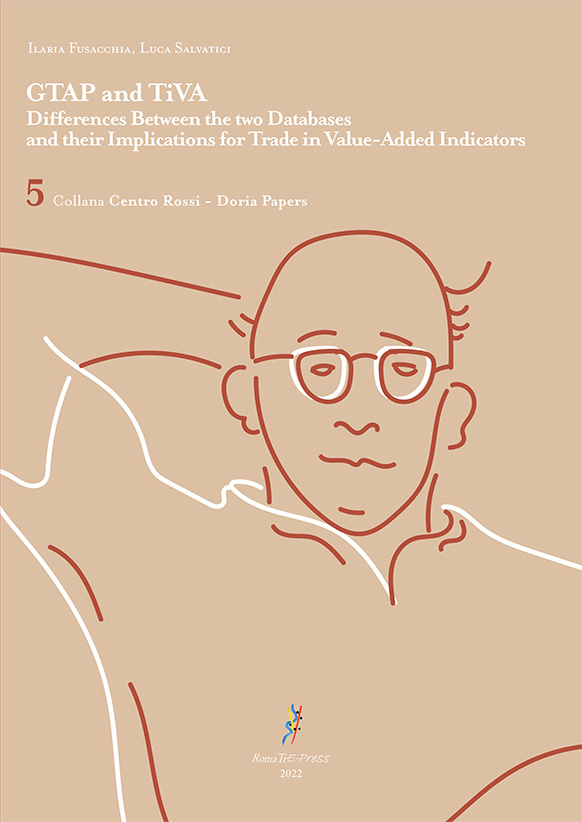Agricoltura-mondo
La storia contemporanea e gli scenari futuri
di Guido Fabiani.
Donzelli editore, 2015
Alla metà del secolo scorso, nelle economie avanzate, l’agricoltura rappresentava ancora una fonte importante di reddito e di occupazione. Oggi il suo contributo alla formazione della ricchezza e all’impiego di forza lavoro è minimo. Ma è divenuto grande il peso dei sistemi agroalimentari. È avvenuto un cambiamento radicale nelle campagne, che ha inciso sulle abitudini alimentari, sugli stili di vita, sullo stesso immaginario dei nostri contemporanei. Il viaggio di Guido Fabiani nell’agricoltura mondiale abbraccia tutto il Novecento, fino a oggi.
Mezzogiorno d'Europa
Lettere, Appunti e Discorsi 1945-1987
di Manlio Rossi-Doria A cura di Emanuele Bernardi. Introduzione di Umberto Gentiloni Silveri.
Donzelli editore, 2014
"Se dimostreremo all’Europa che l’aiuto comunitario non è un’elemosina fatta per l’Italia, ma rappresenta l’avvio di un processo nuovo per colmare alcuni dei nostri squilibri territoriali, avremo aperto la via della politica regionale. Se, viceversa, noi faremo fallimento su questo piano, se disperderemo malamente questi pochi soldi, allora diranno: “Che avete fatto? Per finanziare i vostri programmi vi siete serviti dei soldi comunitari, avete considerato il Fondo regionale come un’elemosina, senza creare una politica nuova”. Manlio Rossi-Doria, Discorso al Senato del 15 dicembre 1974
Fragmentation of global production requires measurement of trade in value added, which accounts for the way slices of value embedded in goods or services are added at each step of increasingly international manufacturing processes within global supply chains.
The quality of indicators measuring trade in value added finally depends on the quality of the underlying global Inter-Country Input-Output table which, in turn, depends on the quality and availability of underlying national statistics and the balancing and estimation techniques used in the harmonization procedure. Although the use of statistics based on this accounting has become more routine in economic research, there is neither harmonization among different global databases nor a standard in the construction of data on which trade in value added is estimated.
This work is an attempt to systematize the potential sources of the differences between global databases and to show the deviation in the estimates of global value chains related trade.
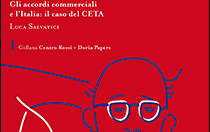
The EU has always used bilateral agreements in relations with third countries but, in the last decade, in conjunction with the difficulties encountered by the Doha Round of the World Trade Organization, this type of agreement has represented the main instrument of the common commercial policy. This is a trend common to other countries as well, however the EU stands out for the number and depth of agreements reached.
This study is dedicated to the Comprehensive Economic and Trade Agreement (CETA) between the EU and Canada, currently applied in provisional mode pending ratification by the Member States. The goal is to try to clarify some controversial aspects that seem worthy of further study compared to the analysis already carried out by the Manlio Rossi Doria Center in collaboration with ITA (Italian Trade Agency)

The relationship between trade and climate change is very complex and linkages occur in several directions. There are both direct and indirect mechanisms and the global characteristic of climate-related impacts and responsibilities improves such complexity within the political debate. To this purpose, a deep knowledge of linkages across sectors and regions as well as within different policy spaces is a requirement for assessment exercises of climate and/or trade-related policies. Link
